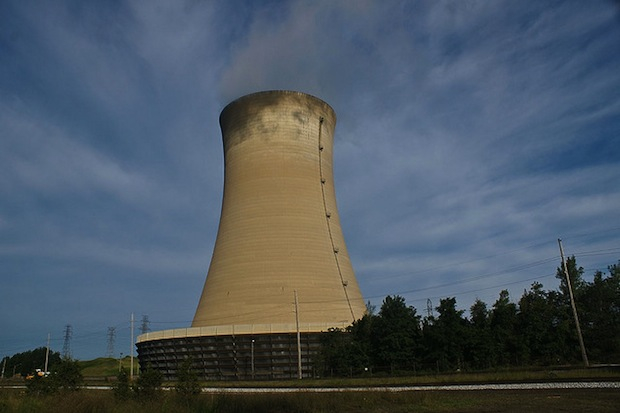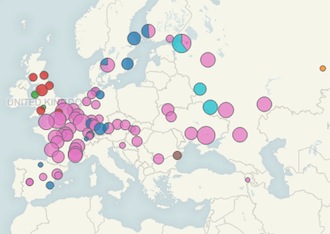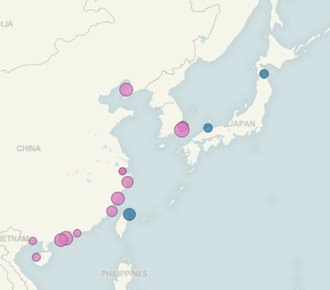
As the Fukushima Daiichi nuclear crisis slowly comes under control, global attention is turning to broader existential questions about nuclear power. Despite providing 6% of the world's power without emissions and fatalities from their nuclear facilities, countries like Germany and China have announced slow-downs to their nuclear programs, and other countries may soon follow.
How is this going to affect nuclear power around the world? If we wanted to turn off all the nuclear plants, how easy would it be? New Scientist, using the World Nuclear Association's Reactor Database, has made this helpful interactive map of the world's nuclear power plants (minus a few in South America and South Africa). The colors of the dots represent different types of plants.


Fears of a Fukushima repeat--or worse--aside, there is a lot of emissions-free power coming from nuclear power plants, and a lot of money being invested in building more, probably too much for them to simply go away. If, after the last two weeks, you're very frightened of living close to one, use this map to avoid them.
http://www.fastcompany.com/1742184/the-location-of-every-single-nuclear-plant-in-the-world

Δεν υπάρχουν σχόλια:
Δημοσίευση σχολίου